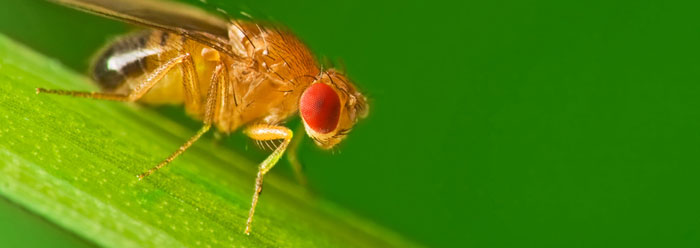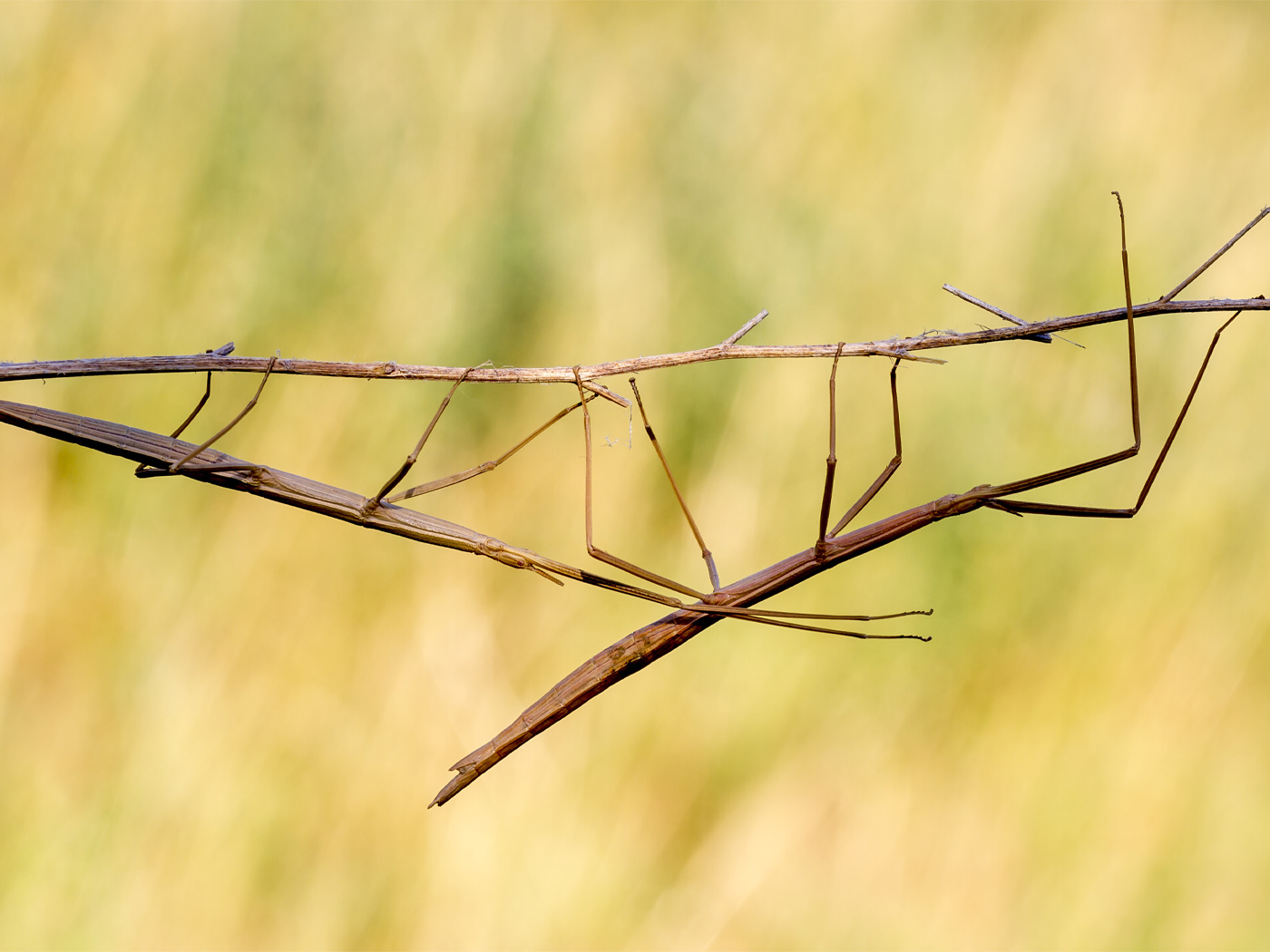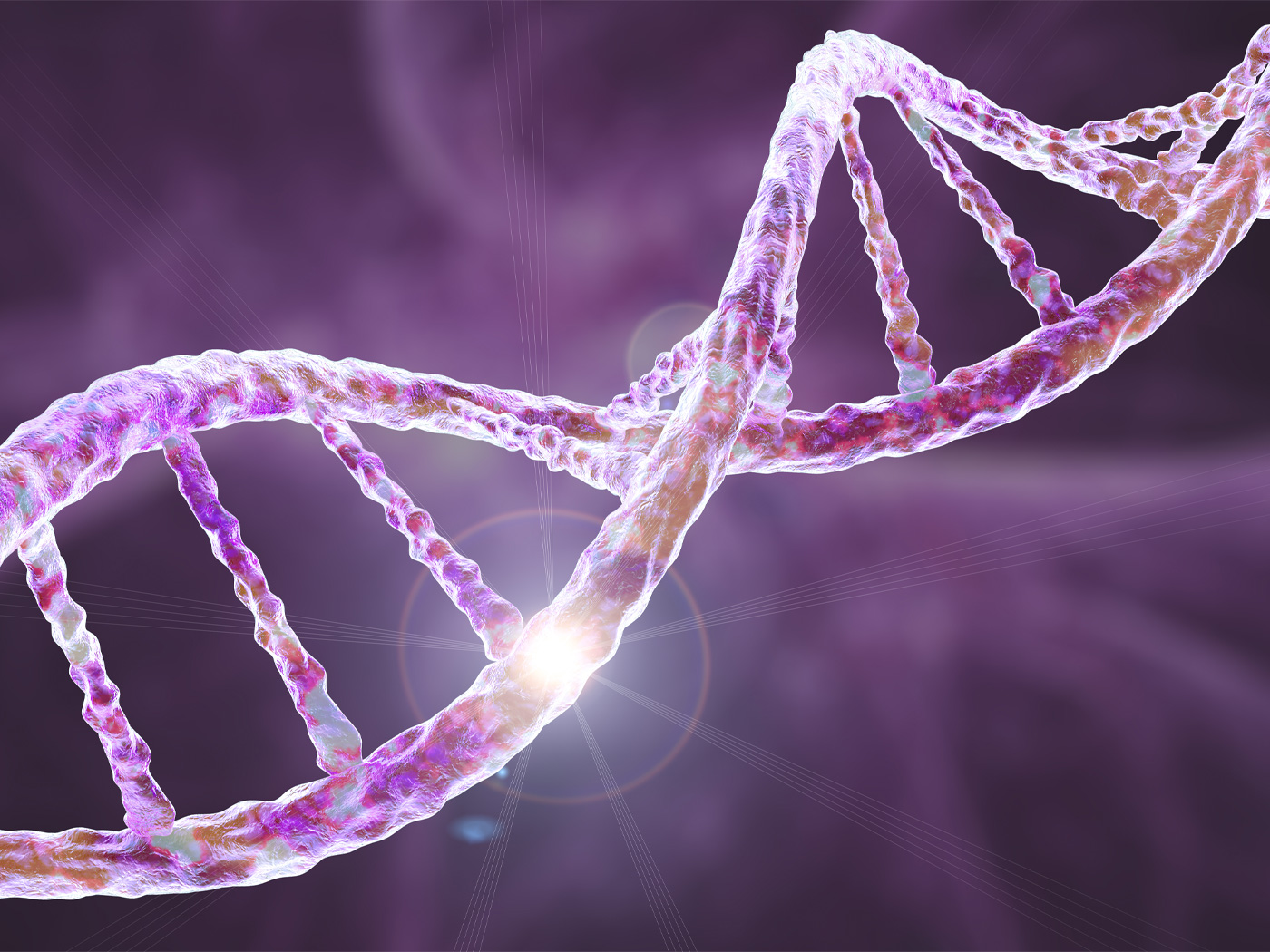Many Americans believe that the big-picture story of evolution, as biology professors routinely expound it, is false.1 Basically, they haven't bought into the concept that all life descended from one common ancestor that miraculously sprang into being millions of years ago. And that makes sense, considering there are no real examples of that kind of evolution.
If evolutionary biologists could document such evolution in action, they could vindicate their worldview and cite real research to support their surreal claims. In 1980, this search for proof led researchers to painstakingly and purposefully mutate each core gene involved in fruit fly development. The now classic work, for which the authors won the Nobel Prize in 1995, was published in Nature.2 The experiments proved that the mutation of any of these core developmental genes―mutations that would be essential for the fruit fly to evolve into any other creature―merely resulted in dead or deformed fruit flies. This therefore showed that fruit flies could not evolve.
Similarly, Michigan State University evolutionary biologists Richard Lenski and his colleagues searched for signs of evolution in bacteria for 20 years, tracking 40,000 generations.3 In the end, the species that they started with was hobbled by accumulated mutations, and the only changes that had occurred were degenerative. University of Bristol emeritus professor of bacteriology Alan Linton summarized the situation:
But where is the experimental evidence? None exists in the literature claiming that one species has been shown to evolve into another. Bacteria, the simplest form of independent life, are ideal for this kind of study, with generation times of 20 to 30 minutes, and populations achieved after 18 hours. But throughout 150 years of the science of bacteriology, there is no evidence that one species of bacteria has changed into another, in spite of the fact that populations have been exposed to potent chemical and physical mutagens and that, uniquely, bacteria possess extrachromosomal, transmissible plasmids. Since there is no evidence for species changes between the simplest forms of unicellular life, it is not surprising that there is no evidence for evolution from prokaryotic to eukaryotic cells, let alone throughout the whole array of higher multicellular organisms.4
In a recent study, also published in Nature, University of California Irvine researcher Molly Burke led research into the genetic changes that occurred over the course of 600 fruit fly generations. The UCI lab had been breeding fruit flies since 1991, separating fast growers with short life spans from slow growers with longer life spans.5
The UCI scientists compared the DNA sequences affecting fruit fly growth and longevity between the two groups. After the equivalent of 12,000 years of human evolution, the fruit flies showed surprisingly few differences.
One requirement for Darwin's theory is that the mutational changes that supposedly fuel evolution somehow have to be "fixed" into the population. Otherwise, the DNA changes quickly drift right back out of the population. The researchers found no evidence that mutational changes relevant to longevity had been fixed into the fruit fly populations.
The study's authors wrote, "In our sexual populations, adaptation is not associated with 'classic' sweeps whereby newly arising, unconditionally advantageous mutations become fixed."5
They suggested that perhaps there has not been enough time for the relevant mutations to have become fixed. They also suggested an alternative—that natural selection could be acting on already existing variations. But this is not evolution, and it is actually what creation studies have been demonstrating for many years.6
Evolution was not observed in fruit fly genetic manipulations in 1980, nor has it been observed in decades-long multigenerational studies of bacteria and fruit flies. The experiments only showed that these creatures have practical limits to the amount of genetic change they can tolerate. When those limits are breached, the creatures don't evolve—they just die.
Although the experimental results from these studies were given titles with an evolutionary "spin," the actual experiments demonstrate undoubtedly that bacteria and fruit flies were created, not evolved.
References
- Dao, C. Poll: Majority of Americans Don’t Believe in Evolution. ICR News. Posted on icr.org February 24, 2010, accessed November 9, 2010.
- Nüsslein-Volhard, C. and E. Wieschaus. 1980. Mutations affecting segment number and polarity in Drosophila. Nature. 287 (5785): 795-801.
- Barrick, J. E. et al. 2009. Genome evolution and adaptation in a long-term experiment with Escherichia coli. Nature. 461 (7268): 1243- 1247.
- Linton, A. H. 2001. Scant Search for the Maker. Times Higher Education. Posted on timeshighereducation.co.uk April 20, 2010, accessed November 9, 2010.
- Burke, M. K. et al. 2010. Genome-wide analysis of a long-term evolution experiment with Drosophila. Nature. 467 (7315): 587-590.
- For example: "Normal variations operate only within the range specified by the DNA for the particular type of organism, so that no truly novel characteristics, producing higher degrees of order or complexity, can appear. Variation is horizontal, not vertical!" From Morris, H. 1974. Scientific Creationism, Public School Edition. San Diego, CA: Creation Life Publishers, 51.
* Mr. Thomas is Science Writer at the Institute for Creation Research.
Article posted on November 16, 2010.














